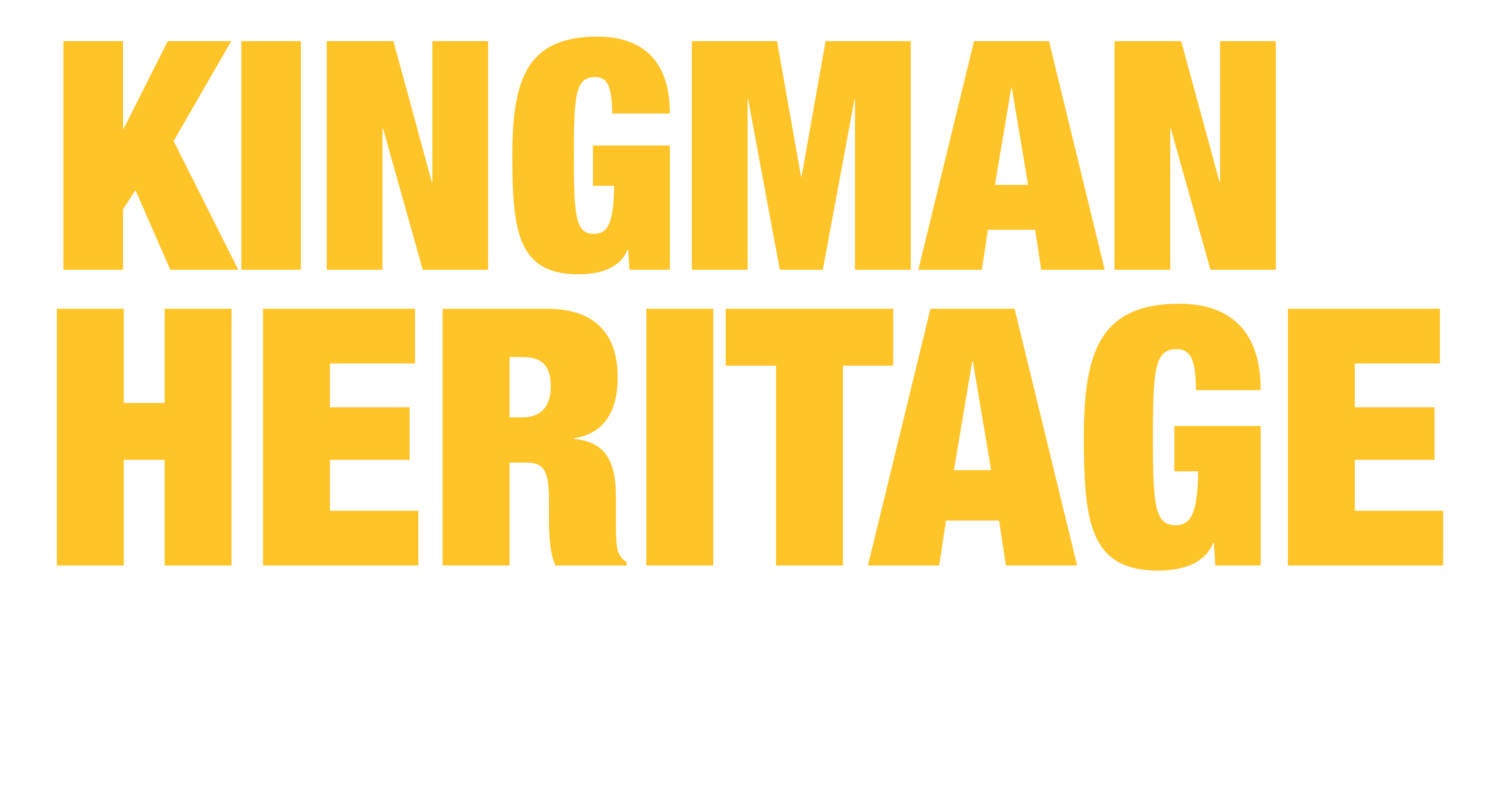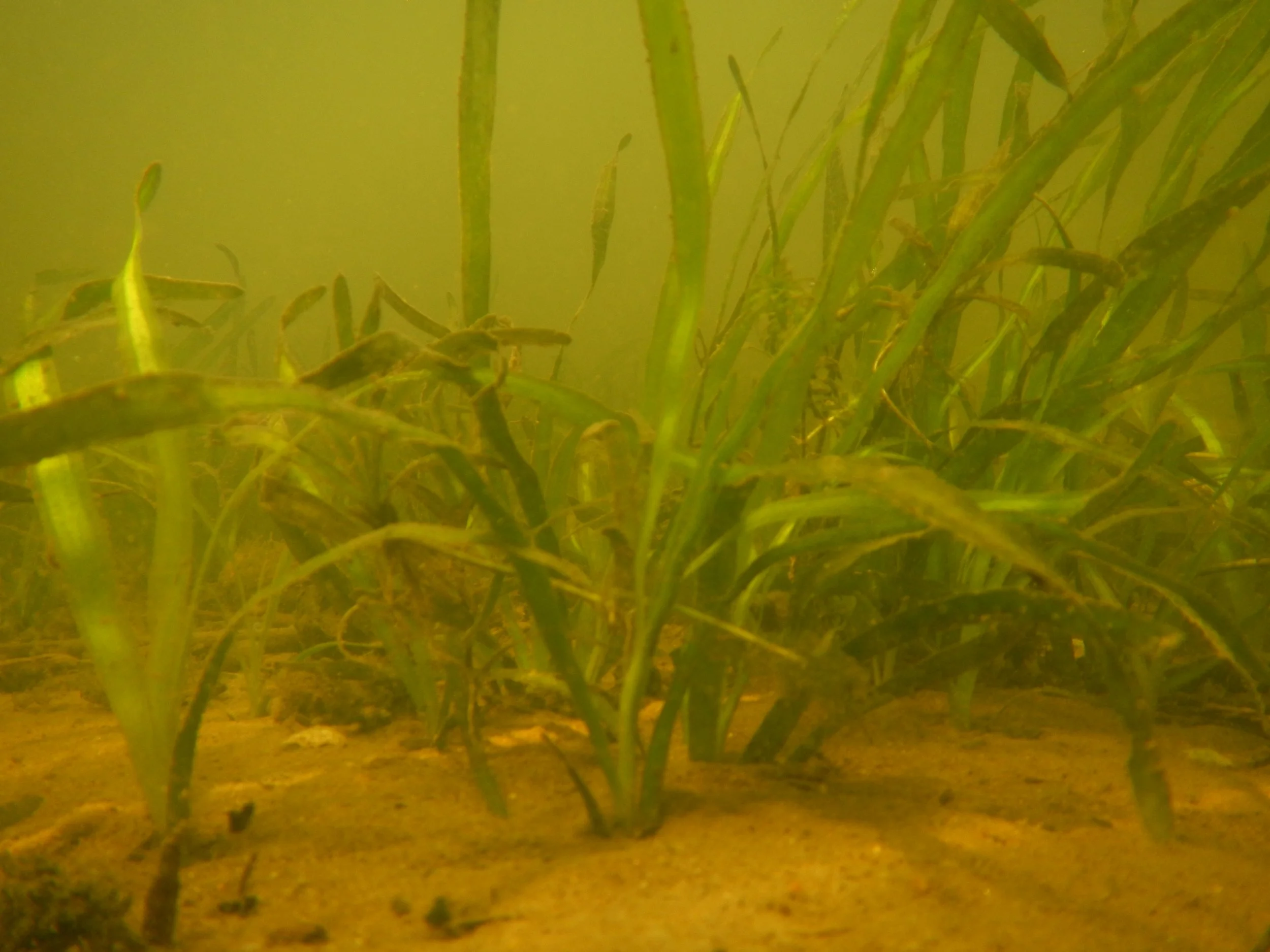Stop 4: Submerged Aquatic Vegetation
This page includes a self-guided tour about the submerged aquatic vegetation habitats surrounding Kingman + Heritage Islands.
This content is shared through audio files, written transcripts, and ASL videos (coming soon). We have content designed for “all ages” (which is appropriate for adults and youth alike) or “youth” (which are especially tailored for youth). Click the links below to jump to the section of your choice or scroll down the page to explore all options.
English (All Ages)
Voiced by Shellie Spencer, DOEE
Transcript
Submerged Aquatic Vegetation or SAV is a special type of wetland, often separated into its own category. In Kingman Lake, the common SAV are rooted grasses that live exclusively under the water. Much like tidal wetlands, SAV provide oxygen, habitat and food to the wildlife within the river. To provide those services, they need sunlight to grow and photosynthesize. The challenge that comes with living underwater is getting enough sunlight the SAV needs to photosynthesize. How clear the water is plays a big role in how well SAV can grow. Too much floating sediments, and the water is too murky for sunlight to penetrate, leaving the SAV starved for sunlight.
The Anacostia’s history of poor water quality and clarity had made rough conditions for SAV to survive. Recent years of less rain and environmental regulations and community grassroots efforts to clean up the river have helped freshwater SAV species return to DC waters. The most common type of SAV found in Kingman Lake is Hydrilla. While it is a non-native species that was introduced from the aquarium trade, it still provides food, habitat and oxygen to waterfowl and aquatic critters. The downside is that non-native, invasive species can outcompete and displace native species and disrupt habitats and natural food webs. To avoid this problem, it is important not to release plants or animals into the wild.
The good news is that DOEE is working to restore native SAV species at several areas in the Anacostia, including Buzzard Point and at the southern end of Kingman Island. We hope these efforts will take root!
English (Youth)
Voiced by Antonio Allen, Living Classrooms of the National Capital Region
Transcript
Have you ever seen a duck with its head under water and its tail in the air? You may not know that it is tipped over because it is eating. And what it is eating is the topic of this stop on the tour.
Ducks and other water birds like to munch on SAV, also known as submerged aquatic vegetation! Some plants stick out from the water, some float on the water surface, many are on land, but the SAV in the river here are grasses that live completely under the water. Like grass on land, SAV needs sunlight to grow, which can be hard when the water is too high or cloudy for sunlight to reach the bottom. How does the water look today? Can you see any SAV?
If you don’t see the SAV out today, come back and visit at low tide or during the warmer months of the year when SAV is more likely to grow.
Español (Todas Las Edades)
Con la voz de Ricardo Jaimes, DOEE
Transcripción
La Vegetación Acuática Submarina o SAV (por sus siglas en inglés) forma un tipo especial de humedal, que a menudo es separado en su propia categoría. En el lago Kingman, el SAV común son hierbas con raíces que viven exclusivamente bajo el agua. Al igual que los humedales mareales, el SAV proporciona oxígeno, hábitat y alimento a la fauna dentro del río. Para lugar de estos servicios, necesitan luz solar para crecer y realizar la fotosíntesis. El desafío de vivir bajo el agua es obtener suficiente luz solar para que la vegetación acuática pueda fotosintetizar. La claridad del agua juega un papel muy importante en la capacidad de la vegetación acuática para crecer. Si hay demasiados sedimentos flotantes, el agua se vuelve turbia y la luz solar no puede penetrar, dejando a esta vegetación "hambrienta" de luz solar.
La historia del Anacostia, con una mala calidad y claridad del agua, ha hecho que las condiciones para la supervivencia del SAV sean difíciles. Los últimos años, con menos lluvias, regulaciones medioambientales y esfuerzos comunitarios para limpiar el río; han ayudado a que las especies de vegetales acuáticas de agua dulce regresen a las aguas de DC. El tipo más común de vegetación acuática encontrado en el lago Kingman es el Tomillo de agua o Hydrilla. Aunque es una especie no nativa que se introdujo desde el comercio de acuarios, aún proporciona alimento, hábitat y oxígeno a las aves y organismos acuáticos. El inconveniente es que las especies no nativas e invasoras pueden desplazar a las especies nativas, interrumpiendo hábitats y las redes alimentarias naturales. Para evitar este problema, es importante no traer ni dejar otras plantas y animales en la naturaleza.
La buena noticia es que DOEE está trabajando para restaurar especies nativas de SAV en varias áreas del Anacostia, incluidos Buzzard Point y en el extremo sur de Kingman Island. ¡Esperamos que estos esfuerzos echen raíces!
Español (Para Los Jóvenes)
Con la voz de Ricardo Jaimes, DOEE
Transcripción
¿Alguna vez has visto un pato con la cabeza bajo el agua y la cola en el aire? Probablemente sabes que está agachado porque está comiendo. Y lo que está comiendo es el tema de esta parada en el recorrido.
¡Los patos y otras aves acuáticas disfrutan comiendo plantas acuáticas del SAV, también conocidas como vegetación acuática sumergida! Algunas plantas sobresalen del agua, otras flotan en la superficie, muchas están en tierra, pero las plantas sumergidas aquí en el río son hierbas que viven bajo el agua. Al igual que la hierba en tierra, estas necesitan luz solar para crecer, lo cual puede ser difícil cuando el agua está demasiado alta o turbia para que la luz solar llegue al fondo. ¿Cómo se ve el agua hoy? ¿Puedes ver alguna planta del SAV?
Si hoy no ves las plantas acuáticas del SAV, regresa durante la marea baja o en los meses más cálidos del año, cuando es más probable que las plantas acuáticas crezcan.
American Sign Language (ASL)
Coming soon

